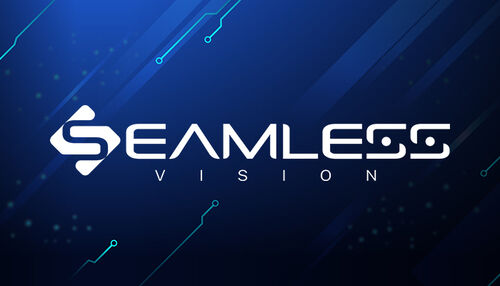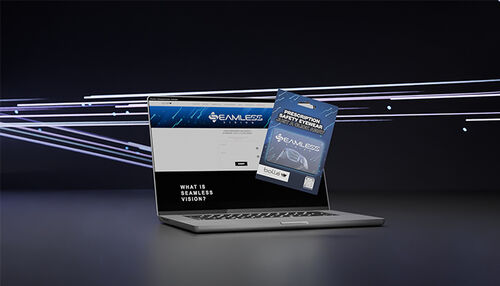SEAMLESS VISION - Accessible to everyone, everywhere
Experience a hassle-free and time-saving virtual workflow with an online ECP assistance, for a convenient eyewear selection process.
No-Height Progressive
No-height progressive lenses are innovative free-form progressive lenses that offer a maximum optical performance and an optimal visual comfort without requiring specific fitting height measurements.
- NEWS - SEAMLESS Vision, online prescription safety glasses
Bollé Safety launches SEAMLESS Vision, an innovative online ordering service for prescription safety glasses, making prescription eyewear accessible everywhere to all professionals.
15 interesting facts about the human eye
Vision is so fundamental to the human experience that sometimes we take our eyes for granted. The human eye is a highly complex organ that provides us with the ability to experience the world in ways that our other senses cannot. Even though we use our eyes during the majority of our waking hours, there are a number of fun and interesting things you may not have realised about your eyes and how they function.
Eye Safety Options if you Wear Prescription Glasses
Many workplaces instigate an eye safety program for their employees as part of their overall OH&S. But what if you wear prescription glasses every day, rather than contact lenses? What if the company’s chosen safety glasses don’t fit over a pair of prescription lenses?
Lens material
Occupational risks: assess them properly to select the right protection. The selection of eye protection is part of your duty as an employer. It is important to clearly identify the types of risks present in order to provide each employee the suitable equipment and to check that the risks, directives, standards and markings on the protection are all in line with each other.
Prescription safety eyewear, why prefer it to OTG ?
When considering safety eyewear, employees with vision problems are faced with a challenge: Using prescription safety eyewear or over the glasses on top of their equipment. Here are a few reasons why we believe prescription safety eyewear are a better fit for you.
Types of prescription lenses
Single vision, progressive or varifocal, bifocal, degressive and free form lenses
VISUAL IMPAIRMENT
At a time when more than one in three people around the world have vision problems, eye protection in the workplace can quickly become a challenge. Find out more about vision problems
EXPERIENCE SAFETY AT YOUR SPECS
For over 40 years we've been focusing on prescription safety eyewear, ensuring perfect protection, better products and ultimate services to fit wearers needs and visions.










